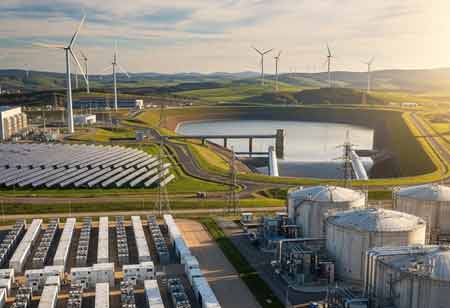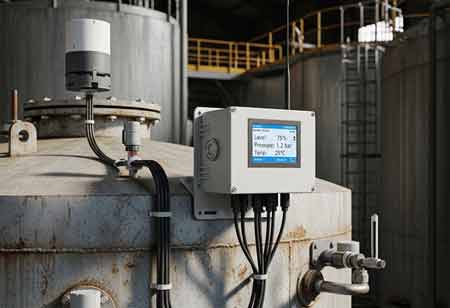CLOSE
Specials
I agree We use cookies on this website to enhance your user experience. By clicking any link on this page you are giving your consent for us to set cookies. More info
Be first to read the latest tech news, Industry Leader's Insights, and CIO interviews of medium and large enterprises exclusively from Energy Tech Review
Thank you for Subscribing
What You Should Know about Renewable Asset Management
The demand for continuing asset optimization is rising in lockstep with the renewable energy market's expansion.

By
Energy Tech Review | Monday, July 11, 2022
Stay ahead of the industry with exclusive feature stories on the top companies, expert insights and the latest news delivered straight to your inbox. Subscribe today.
Advancements in technology has made energy asset management more efficient over the years.
Fremont, CA: The demand for continuing asset optimization is rising in lockstep with the renewable energy market's expansion. Owners of green assets should consider investing in their long-term health in order to get the most out of them. A renewable asset's average life expectancy is 20 to 25 years (for wind turbines). This can be extended, however, by introducing effective maintenance practices, proactive solutions, and proper asset management. Here are a few aspects of energy asset management.
Regular Monitoring
Each site will be monitored 24 hours a day, seven days a week by a professional asset manager. This is done to uncover any potential flaws and to ensure that if a health and safety issue arises, the Emergency Rescue Plans (ERP) are activated quickly. When an asset fails, it is usual practice to wait for a brief period of time to allow the wind turbine or solar panels to perform an automatic reset. If this does not occur, the manufacturer and the client are immediately notified. Analysis must be done on all pauses, regardless of severity, in order to search for trends and reduce downtime through proactive planning. Furthermore, status and production are verified several times per day. It's no surprise, then, that assets are monitored and scrutinized around the clock to ensure that all faults are quickly remedied.
Data Analysis
Several analytics tools are used to gather together raw data from wind and solar farms in order to accurately create a full report of the various systems. This data exposes the asset's individual performance and highlights any underperformance, such as underlying warnings. Data analysis is done to discover any patterns that could lead to problems and to prevent them from happening. It is required to navigate through data and create estimates in order to assess the asset's reliability. By conducting data analysis ahead of time, you can proactively respond to potential issues before they cause enough downtime.
Reporting
Renewable asset management keeps track of and reports on power plants at all stages of their lives. Reporting might be done weekly, monthly, quarterly, six monthly, or annually, depending on the client's demands. KPIs, a summary of monthly events, losses analysis, and other information could be included in a monthly portfolio performance report, for example. To provide an easily consumable overview at a look, data can be shown in a variety of ways, including graphs and tables.
Site Inspections
Site inspections are conducted to ensure proper site upkeep, detect HSE concerns, and identify any non-conformities. The client is subsequently given a formal report. This section covers the findings of the site assessment as well as any future recommendations. A large proportion of clients prefer quarterly inspections, while some prefer monthly inspections.

Copyright © 2025 Energy Tech Review. All rights reserved






